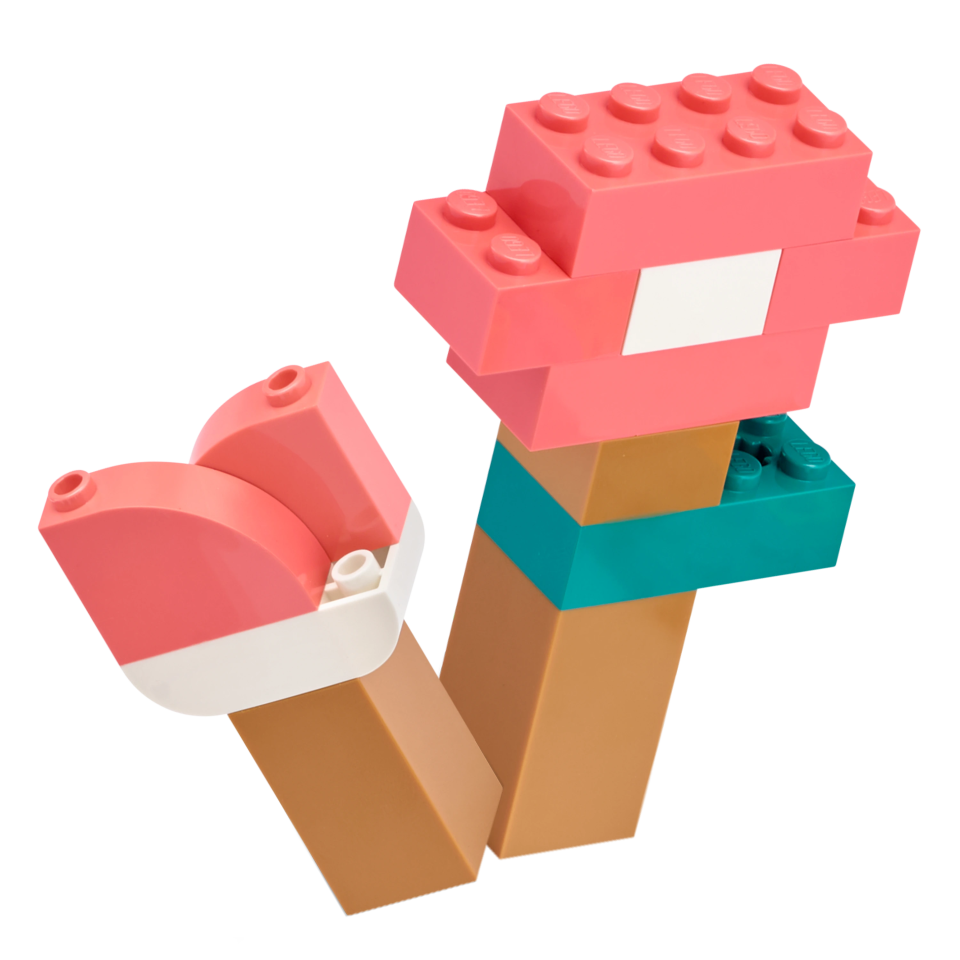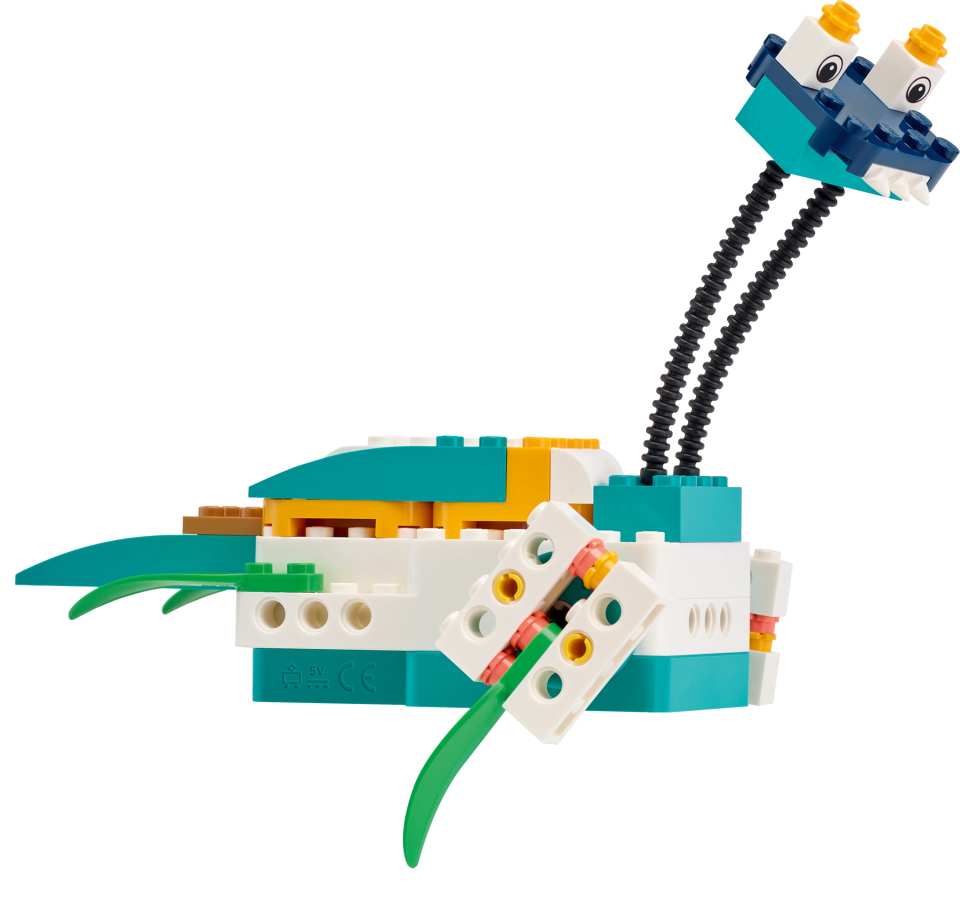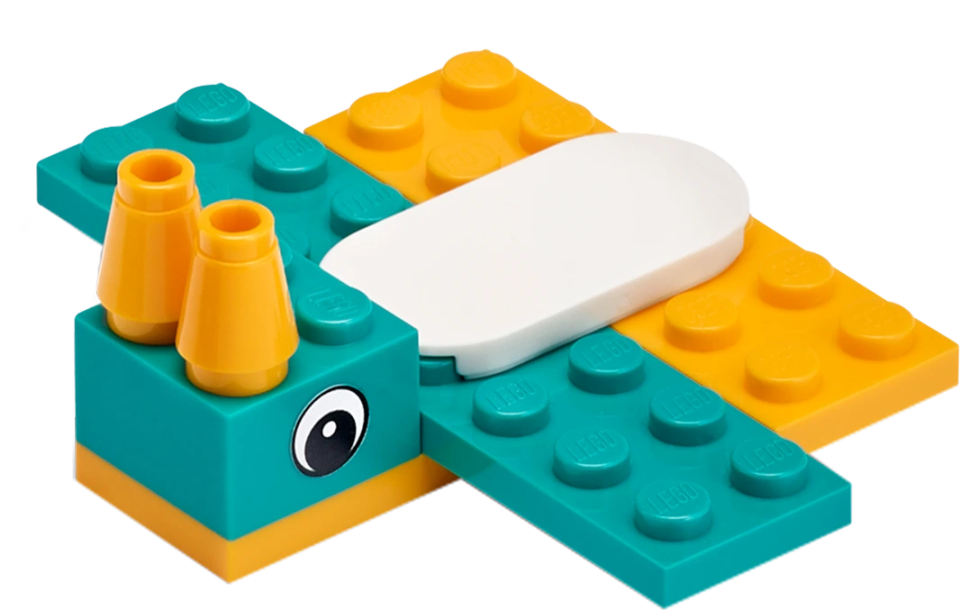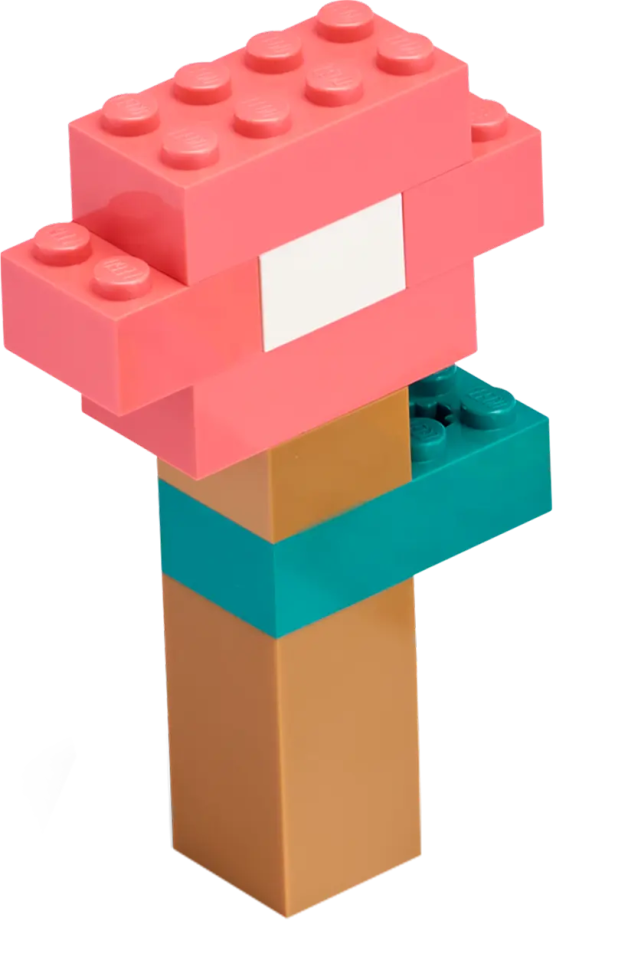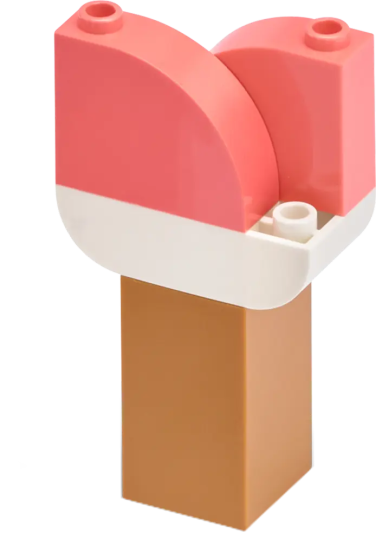Talking Hands-On Learning with a District Science Coordinator from Texas
Classroom Conversations is a series of interviews with educators who are passionate about hands-on learning and the transformative power it has to unlock student potential. We’re excited to amplify their voices and inspire you through their experiences.
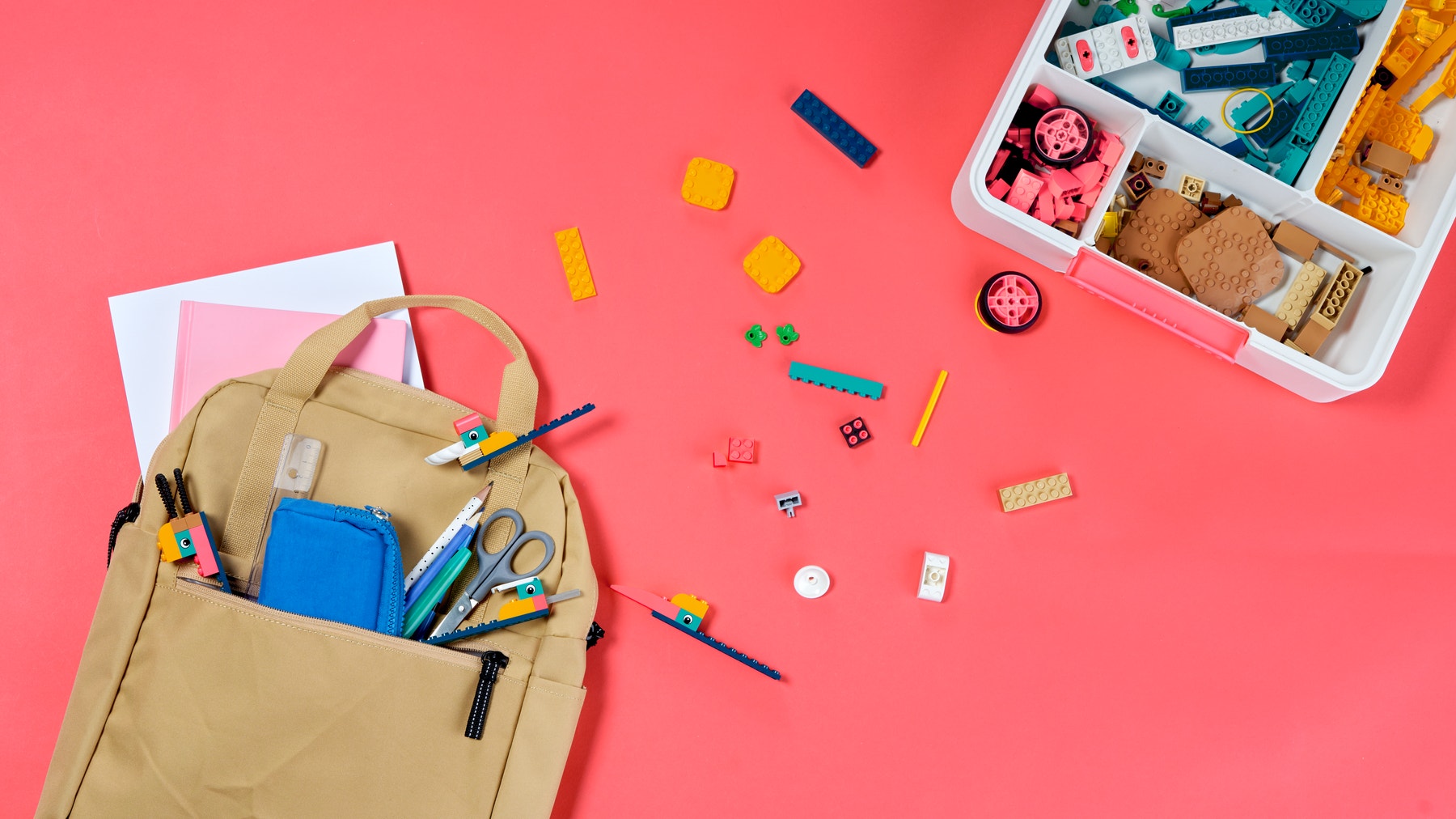
Talking Hands-On Learning with a District Science Coordinator from Texas
Classroom Conversations is a series of interviews with educators who are passionate about hands-on learning and the transformative power it has to unlock student potential. We’re excited to amplify their voices and inspire you through their experiences.
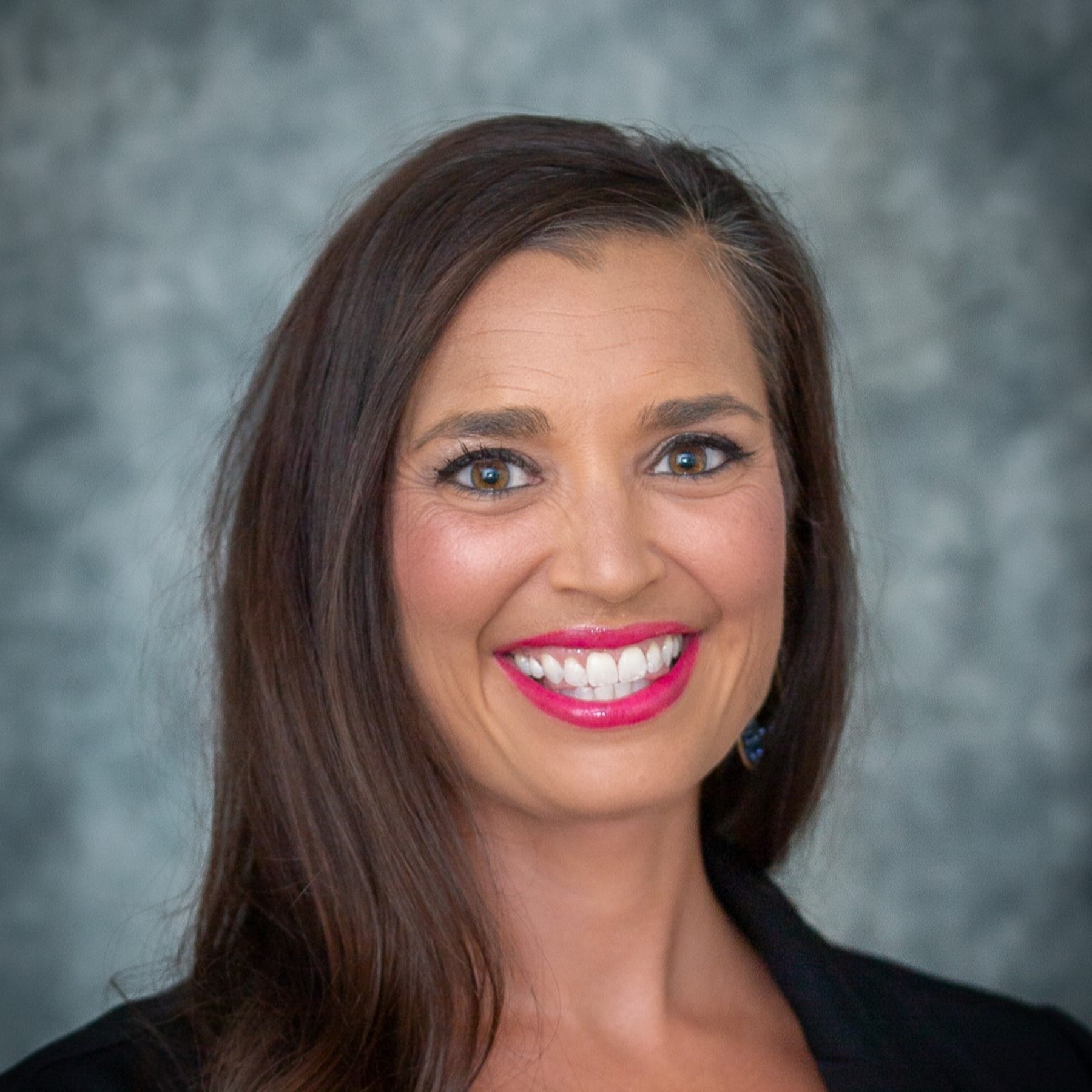
Dr. Kendra Henke
Secondary Science Coordinator
McKinney ISD, TX
McKinney ISD serves more than 23,000 students across 26 elementary and middle schools.
Dr. Henke has been an educator for 19 years. Currently she works at the district level overseeing science curriculum for students in grades 6 to 12.
We talked to Dr. Henke about what makes hands-on learning so effective and engaging especially in science. Here’s what she had to say:
Q: What’s your origin story? Where did your passion for hands-on learning begin?
Kendra: I started out as a middle school science teacher, and I found early on that when students were doing science rather than just hearing about it their engagement levels soared. Students were really immersed in the learning process - that really stuck with me. And, I had great results. I felt like I didn't have classroom management issues and behavior issues were low or minimal compared to what other teachers were experiencing. I really think it was because students had ownership in their learning and felt like they had an important role in their own education. And now with LEGO® Education, that's what kids get to do. They get to dive into their own learning--it's the kind of engagement every teacher wants.
"If you shift the learning and ask kids 'How can you be part of the solution to this real-world problem we’re talking about in science class?' That changes the narrative from, 'Why should I care?' to suddenly, 'I should care about this, I want to care about this!'"
Q: “…Doing science rather than hearing about it,” That’s really powerful. Why do you think hands-on learning is so effective when it comes to science specifically?
Well, it's easy to take a subject like science and get students to explore because they’re naturally curious. But when you're just being spoken to about content it’s hard to find yourself in it. Students need to see the relevance, they want to know, “Why should this matter to me?” So, if you shift the learning and ask kids “How can you be part of the solution to this real-world problem we’re talking about in science class?” That changes the narrative from, “Why should I care?” to suddenly, “I should care about this, I want to care about this!” Getting students hands-on gets them engaged and helps make the connections that spark that interest. When that happens, they start to own the learning and dig in and that’s much more impactful - it’s how students become lifelong learners, and every single industry and community partner we have says they want collaborative, creative, critical thinkers that are curious about the world around them. And that's exactly what solutions like LEGO Education allow our students to do, they're developing these skills in a way that is going to make them incredibly successful and marketable in the future.
Q: You’ve mentioned engagement a couple of times, research shows 90% of teachers think students are most engaged during hands-on activities. Has that been your experience?
Yes, as a teacher you want 100% of your students engaged and hands-on learning is the way to get that. Every person you're teaching deserves the opportunity to learn and when your students aren’t engaged, they’re not learning. Parents send their very best kid to school every day, and as educators it's our job to show up as our best selves and provide the best experience possible. For me, that's with hands-on activities because students have to be hands-on to become immersed in the learning. As educators we have a lot of standards to meet, and this is how we can do that in an engaging way that makes students want to keep the learning going.
“Their brains are rapid firing, and that metacognition, that ability to talk about what they’re thinking is huge. That’s how as a teacher you know a kid understands something…”
Q: That’s an important point, standards and outcomes are always top of mind for educators and administrators. How effective is hands-on learning in supporting those?
I think when you lean into a hands-on approach you start to see outcomes differently. You begin to recognize that there’s more “completers.” There is an issue of apathy with so many students right now and when you offer them a hands-on approach that goes away. Kids want to complete the task, they want to understand what’s happening. You can see their brains are rapid firing, and that metacognition, that ability to talk about what they’re thinking is huge. That’s how as a teacher you know a kid understands something, and when this dynamic happens, you have students who really want to keep exploring concepts which makes meeting standards a lot easier. They start to remember things because they've been connected to that learning so you see assessment scores and things like reading comprehension go up,
Checkout our summer program playbook
Q: What about accessibility? You work with a diverse student population culturally, socio-economically, and in the way they learn. Does hands-on learning help level the playing field?
It absolutely does, and I’ll give you an example. In 2024 we created a summer school program for 3rd, 4th and 5th grade students who were struggling in math and reading. This means we’re asking kids who have struggled in the traditional school setting to come back for 10 more days in the summer, just what every kid wants right? Well, this year to boost engagement we included a STEAM rotation with LEGO Education solutions and the kids could not wait. Our attendance actually went up and behavior issues went down. Before this, only our gifted and talented students were using the LEGO Education kits . That’s not the group in summer school who now had access and were building, learning and just exploring in summer school.
Fast forward to the fall and after seeing the impact over the summer, McKinney decides to embed those LEGO Education kits in all of our science classes. So now these students who were struggling are coming to science class knowing more about troubleshooting or how to code than their peers who are typical learners. This sends confidence soaring and they’re on a much more level playing field because of the opportunity to get hands-on with the LEGO Education kits. It’s beautiful, they’re finally seeing themselves as leaders and as having something to contribute. They're actively helping their peers understand these concepts and that just doesn't happen for a lot of these kids. It’s just incredible and a great reminder that we can't put limitations on students because of what we think they can do. If we open their world to explore in a way that makes sense to them, they can succeed and they can become leaders.
Shifting the way kids think about science class is one thing, but impact doesn’t get much bigger than shifting the way they think about themselves. Dr. Henke said, “This kind of experience is happening all over our campuses because students are getting the opportunity to explore in way that they just couldn’t before, and they’re thriving. I’m so thankful because It’s beautiful, it’s really the best part of my job.”
Check out some of the LEGO Education solutions being used in McKinney today!
LEGO® Education SPIKE™ Prime
LEGO® Education SPIKE™ Essential
